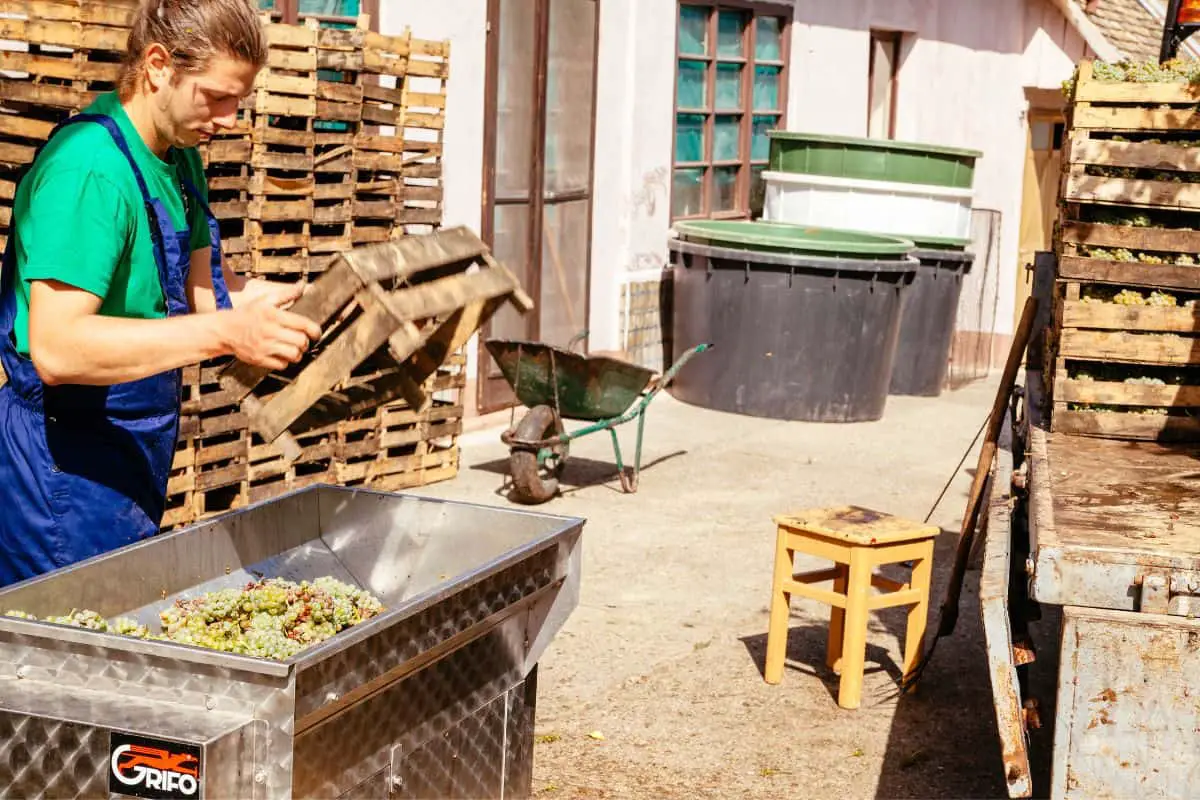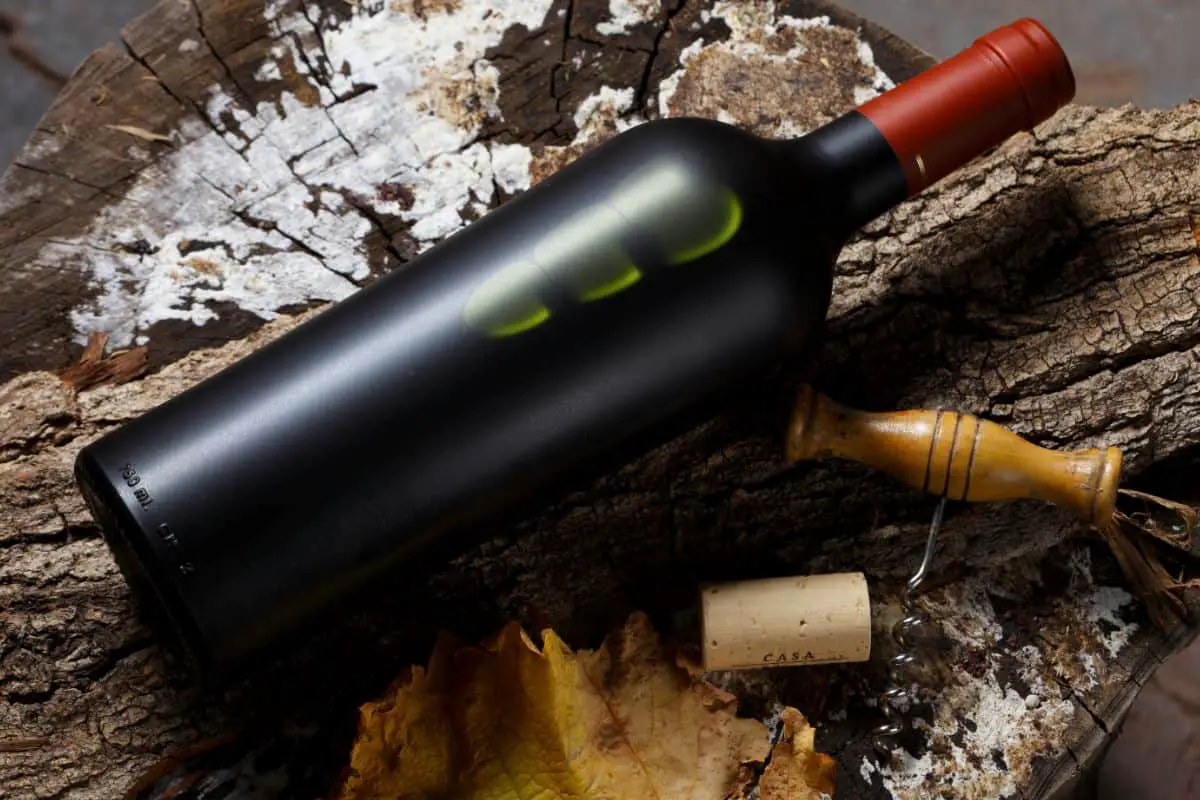One of the most common questions amongst budding winemakers is, ‘ how long does it actually take to make wine’? The really exciting part is that it does not take as much time as you would think to make a good batch of wine.
In theory, you could have a wine bottled and ready to go after just a month after the time you begin the wine making process.

Of course, once the wine has been bottled there are some added benefits to ageing it, though a remarkable amount of the improvement can be obtained within the first 30 to 60 days of bottle ageing, so it is possible for you to have a very delectable wine within 2 to 3 months from the time you start making wine.
Ultimately, the time it actually takes to make wine will depend on what you are using to make the wine; is the wine being made from grapes? Is it being made from fruits? Are you using a pre prepared, wine ingredients kit?
Packaged wine making juices tend to make wines faster than making wine using fresh fruits.primarily because there is no pulp or skins involved.
The concentrated juices clear up much faster, allowing the wine to be bottled much sooner. Wine ingredient kits have their own wine making recipes included with them, so it makes it an excellent option for the first-time winemaker.
To Make Wine At Home
There are a whole host of various ways to make wine at home, but there is a simple method to producing a great quality wine.
PART ONE
- Ensure your equipment is thoroughly sterilised and then rinsed clean. (Ask at the wine supply store about special detergents, bleaches, etc.). It’s best to clean and rinse your equipment immediately before using.
- Select your grapes, tossing out rotten or peculiar-looking grapes.
- Wash your grapes thoroughly and remove the stems.
- Crush the grapes to release the juice into the primary fermentation container. Your hands will work here as well as anything. Or go old school and stomp with your feet. If you’re making a lot of wine, you might look into renting a fruit press from a wine supply store.
- Add the wine yeast.
- Insert the hydrometer into the must. If it reads less than 1.010, consider adding sugar. If you’re adding sugar, first dissolve granulated sugar in pure filtered water (adding sugar helps boost low alcohol levels). Stir the must thoroughly.
- Cover the primary fermentation bucket with cloth; allow it to ferment for one week to 10 days. Over the course of days, fermentation will cause a froth to develop on top and sediment to fall to the bottom.
PART TWO
- Gently strain the liquid to remove the sediment and froth.
- Run the juice through a funnel into sanitised glass secondary fermentation containers. Fill to the top to reduce the amount of air reaching the wine.
- Fit the containers with airlocks.
- Allow the juice to ferment for several weeks.
- Use the plastic tube to syphon the wine into clean glass secondary fermentation containers. Again, the purpose here is to separate the wine from sediment that forms as the wine ferments.
- Continue to syphon the wine off the sediment periodically for 2 or 3 months until the wine is running clear.
PART THREE
- Run the wine into bottles (using the cleaned plastic tubing), leaving space for the cork plus about a half inch or so of extra room.
- Insert corks.
- Store the wine upright for the first three days.
- After three days, store the wine on its side at, ideally, 55 degrees F. For red wine, age for at least 1 year. White wine can be ready to drink after only 6 months.
Wine Making Kits
Wine making kits can be an absolute lifesaver when it comes to making and producing wine. The kit will often include a variety of fruits and spices/ingredients to give you the most incredible tones and flavours.
Most people are dubious about using pre-made kits as they tend to seem like they are of lesser quality or cheap. For instance, a variety of wines can be made from these kits, white, red, rose, any wine that you desire can be made!
There are many reasons why you might prefer using a wine kit of the more conventional methods.
For instance, when making wine from fresh grapes the individual winemaker usually has a limited selection of grapes to choose from.
Quality can suffer when dealing in the take-it-or-leave-it type of market that often arises for the home winemaker.
The quality of grapes that you will find in wine kits varies from good to outstanding. It is not in the interest of these kit producers to spend their time preparing and packaging poor wine grapes.
It doesn’t make economic sense, so great care is taken to locate and acquire grapes that are above average quality.
This is one of the major advantages to using a wine kit vs fresh grapes. You are able to rely on the wine kit producer’s expertise in selecting quality grapes.
So on the whole you’ll be starting with a better quality grape when using a wine kit than when obtaining grapes on your own.
Of course, it’s important to remember that quality grapes do not guarantee a stellar wine, it’s just the first requirement necessary to get there.
Between the grapes and the wine bottle is a whole host of other factors such as: acidity, alcohol, sweetness, etc.
Using a wine kit alleviates you from these variables.
This is because all these factors have already been taken care of for you by the wine kit producers.
They balance the acidity, sugar content and many other features such as clarification and oak treatment to match the typical character of the wine you are making.
By eliminating as many variables as possible they are helping to insure that you will make a remarkable wine every time. This is a very valuable benefit of using wine kits vs fresh grapes, especially for a beginner.
- How to Learn Wine Tasting: Essentials for Beginners - March 10, 2024
- How to Learn to Like Wine: Cultivating an Appreciation for the Vintner’s Art - March 10, 2024
- Thanksgiving Sangria: A Flavorful Twist to Your Holiday Table - August 27, 2023








